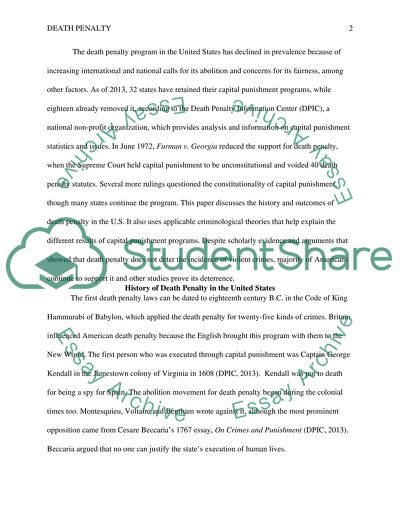Cite this document
(“Criminal Punishment Program Research Paper Example | Topics and Well Written Essays - 2250 words”, n.d.)
Retrieved from https://studentshare.org/law/1480085-criminal-punishment-program
Retrieved from https://studentshare.org/law/1480085-criminal-punishment-program
(Criminal Punishment Program Research Paper Example | Topics and Well Written Essays - 2250 Words)
https://studentshare.org/law/1480085-criminal-punishment-program.
https://studentshare.org/law/1480085-criminal-punishment-program.
“Criminal Punishment Program Research Paper Example | Topics and Well Written Essays - 2250 Words”, n.d. https://studentshare.org/law/1480085-criminal-punishment-program.


